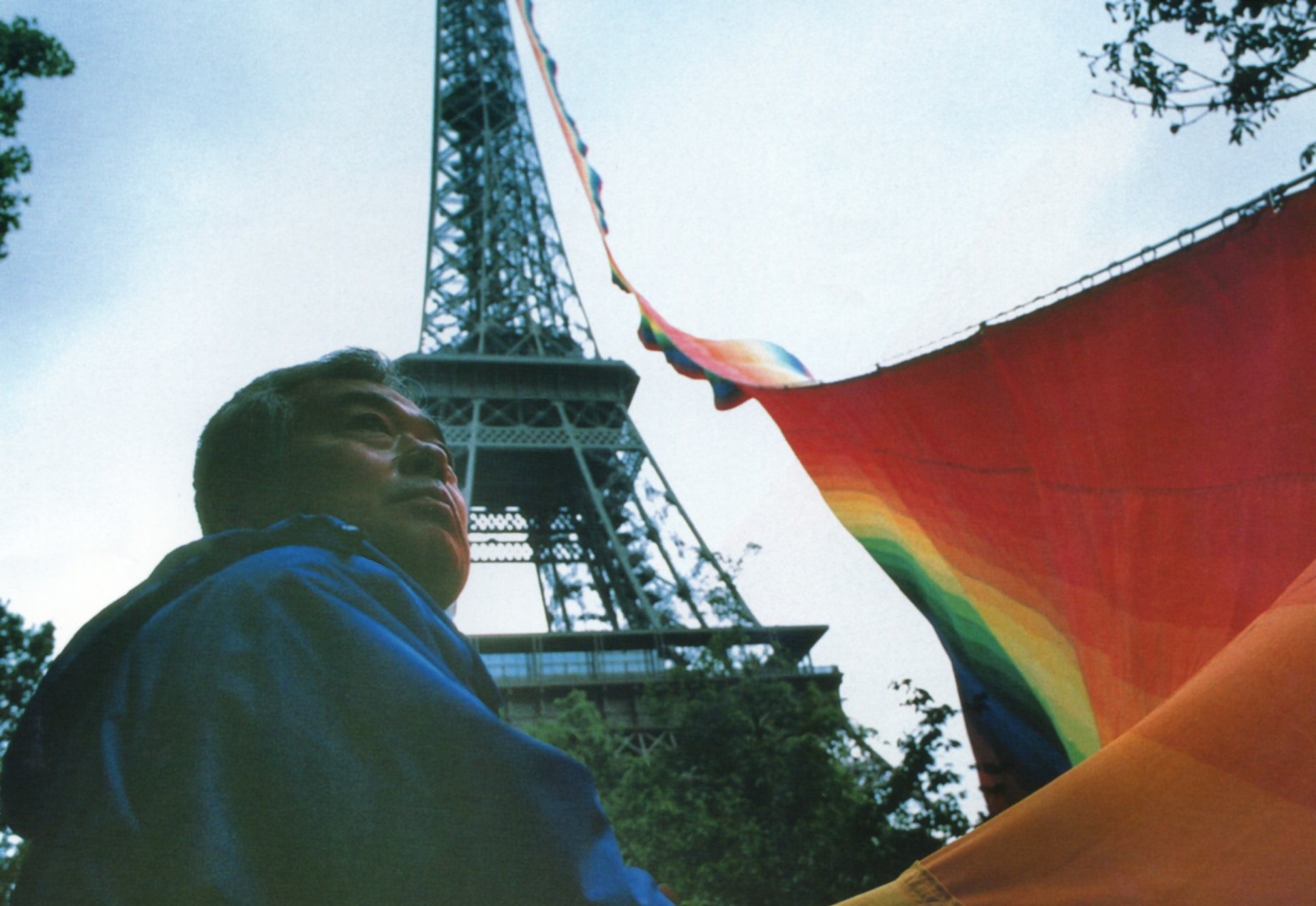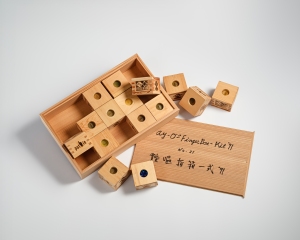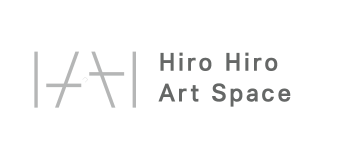Ay-O: A Rainbow Frenzy
Ay-O: A Rainbow Frenzy
April 20 — June 9, 2024
Hiro Hiro Art Space is honored to present a solo exhibition, “Ay-O: A Rainbow Frenzy,” by the renowned contemporary Japanese artist Ay-O. Ay-O was born Takao Iijima in 1931 in Ibaraki, Japan, and later moved to New York City in the late 1950s, where he became a core member of the international avant-garde art movement Fluxus alongside George Maciunas, Yoko ONO, and Nam June PAIK.
Amidst the vibrant post-war artistic atmosphere in New York, Ay-O began exploring the fusion of senses and art, leading to the creation of his famous tactile experience series Finger Boxes, one can sense sounds or different textures by putting a finger inside. From the 1960s onwards, Ay-O developed his distinctive art expression characterized by rainbows. Leveraging the vision’s characteristic of rapid information absorption, Ay-O employs the concept of “rainbow” to cover his works with colors spanning the entire visible spectrum. This approach allows viewers to engage more senses through the visual stimulus, leading to an experience of “energy” guided by the rainbow.

96 gradation rainbow with meditation, 1984
acrylic on canvas
73 x 91cm
© Ay-O
His work, Adam and Eve (Environmental Painting), 1967, debuted at the São Paulo Art Biennial and is on view at Hiro Hiro Art Space. By depicting Adam and Eve, archetypal symbols of human existence, using rainbow colors, Ay-O accentuates both the objective presence of visible colors and the subjective nature of vision. This underscores the individual’s responsibility to discern meaning from their personal perception. In addition, this artwork transcends the conventional expression of two-dimensional painting. Not only does it feature sizable three-dimensional rainbow-colored wooden frames, but it also incorporates sculptural fig leaves traditionally used to cover the nudity of Adam and Eve, reflecting the playful and humorous character of Ay-O. In contrast to the historical context surrounding the depiction of Adam and Eve with modest coverings, Ay-O’s another on-view work, “Rainbow Hokusai, 1970” also mirrors Japanese cultural norms towards nudity and showcases Ay-O’s inventive solutions. Comprised of fifty-four individually printed squares, when scattered, they appear as abstract graphics; yet when assembled, they merge into a rainbow version of traditional Japanese shunga.

Adam and Eve (Environmental painting),1967
oil on canvas
144 x 103 x 15 cm
© Ay-O

Rainbow Hokusai, 1970
silkscreen
90 x 135 cm
edition of 90
© Ay-O
Ay-O has represented Japan at the Venice Biennale and São Paulo Art Biennial, working across different forms of artistic expression, including painting, installations(environmental art), printmaking, and performance art. In 1987, he collaborated with the City of Paris on the “300 meter Rainbow Eiffel Tower Project”, suspending a 300-meter-long rainbow-colored ribbon from the top of the Eiffel Tower, marking a significant highlight in his extensive artistic career. Known as the “Rainbow Artist,” Ay-O has long been dedicated to promoting the printmaking movement, transforming art into the radiant spectrum of colors, equally illuminating and existing in the lives of people from all walks of life.
Ay-O’s works have garnered international acclaim and have been widely collected internationally by institutions such as the Museum of Modern Art in New York, Centre Pompidou, the British Museum, the Whitney Museum of American Art, the Art Institute of Chicago, the Smithsonian’s National Museum of Asian Art, the Walker Art Center, and the Museum of Contemporary Art Tokyo, among others.
It is worth noting that long before Ay-O’s solo exhibition in Taiwan this time, he had connections with Taiwan. During his elementary school years, he had resided in Taiwan twice with his naval aviator father, leaving behind fond childhood memories. In addition to showcasing Ay-O’s captivating original works, silkscreen prints, and installations, Hiro Hiro Art Space is also launching limited edition merchandise, allowing visitors to bring home a piece of Ay-O’s rainbow, fostering a deeper connection with his artistic vision.
Ay-O

Ay-O was born Takao Iijima in 1931 in Ibaraki, Japan, and later moved to New York City in the late 1950s. He became a core member of the international avant-garde art movement Fluxus, working alongside founder George Maciunas, Yoko Ono, Emmett Williams, Nam June Paik, and others. He played a pivotal role in spearheading the international recognition of postwar Japanese contemporary art.
Ay-O sought to explore the fusion of all senses—hearing, touch, vision, smell, and taste—within his artworks. This exploration led him to create his famous tactile experience series, “Finger Boxes,” where one can sense sounds or different textures by inserting a finger. From the 1960s onward, Ay-O developed his distinctive artistic expression characterized by rainbows. Known as a “Rainbow Artist,” the rainbow itself was not his thematic focus but rather a representation of “vision” through colors. He employed the concept of the “rainbow” to infuse his works with colors spanning the entire visible spectrum. This approach allows viewers to engage more senses through the visual stimulus, leading to an experience of “multi-sensory” engagement guided by the rainbow.
Ay-O’s works have garnered international acclaim and have been widely collected by institutions such as the Museum of Modern Art in New York, Centre Pompidou, the British Museum, the Whitney Museum of American Art, the Art Institute of Chicago, the Smithsonian’s National Museum of Asian Art, the Walker Art Center, and the Museum of Contemporary Art Tokyo, among others.
Works
All courtesy of Ay-O, Photo by Hiro Hiro Art Space


















